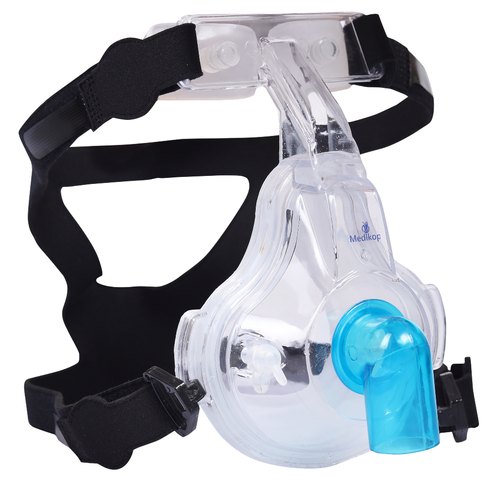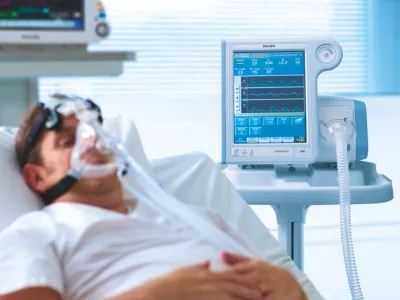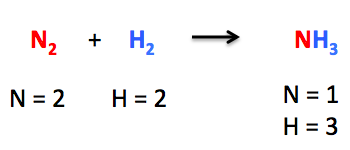What is BiPAP Machine- Working and use in COVID-19
There are many medical problems which can cause you a severe breathing disorder and fortunately there are some machines which can help in such kind of circumstances. One of this medical machine is known as “BIPAP” or “BPAP” means “Bilevel positive airway pressure”. It is also a sort of ventilator which can prevent severe breathing problems. BiPAP is a trade name though BPAP is the name of machine.
How does BiPAP Machine work?
A BPAP is a type of non-invasive ventilation known as (NIV) therapy that helps people breathe more easily. BPAP machines are available for use in hospitals and at home for persons who require them. During, COVID-19, BiPAP has been a useful machine and has saved the lives of many people.
If someone is facing breathing issue, then BiPaP machine can help force air into your lungs. The ventilator is controlled by a mask or nasal plugs. The compressed air is sent to your airways. The device is termed ‘positive pressure ventilation,’ since with this air pressure, the device can help your lungs open.
BiPaP is a single positive pressure ventilation. When you are using BiPap, whenever you breathe in and out, you get positive air pressure. However, when you breathe in, you get higher air pressure. This configuration differs from other types of Ventilators.
Use of BiPAP During COVID-19
Severe COVID-19 leads to the development of acute respiratory disease has been in most of the COVID-19 patients which require further attention. Initially, early intubation and invasive ventilation were considered to be more efficient than non-invasive ventilation to treat serious respiratory failure (NIV). Emergent evidence has however demonstrated that NIV has a greater and better role than previously expected. Continuous positive airway (CPAP) and bi-level positive airway pressures are included in the NIV system (BiPAP). For patients with a difficult respiratory situation contracting COVID-19 BiPAP is used.
NIV is usually accepted in short-term life-threatening respiratory disorders, such as pulmonary oedema or in individuals with chronic T2RF from chronic obstructive pulmonary disease who are more at risk from intubation than others (COPD).

Why BIPAP is called as bi-level machine?
These machines feature two air-pressure configurations:
When you inhale, BPAP machines increase the air pressure. Additionally, this is referred to as inspiratory positive airway pressure (IPAP).
By breathing out, the air pressure is reduced by the machine. This is known as positive airway expiratory pressure (EPAP).
And, some BPAP machines has a timmer setting that can be programmed to maintain a certain number of breaths per minute.
When to use BiPAP?
A patient needs a bipap in one these conditions:
- Chronic obstructive pulmonary disorder (COPD)
- Pneumonia
- Respiratory Failure
- Obstructive sleep apnea
- Obesity hypoventilation syndrome
- Asthma flare-up
- Poor breathing after an operation
- Neurological disease that disturbs breathing
Note: – If an individual has a major breathing issue then BiPap may not be a valuable choice. It may not be suitable for a person who have a lower level of consciousness or difficulty swallowing. In some instances, BiPap may not help enough. Rather, you may need a ventilator which is connected with a mechanical tube. Or you could benefit from tracheostomy, which creates a windpipe airway.
Note:- Information has been taken through the online digital media.
Swikriti




